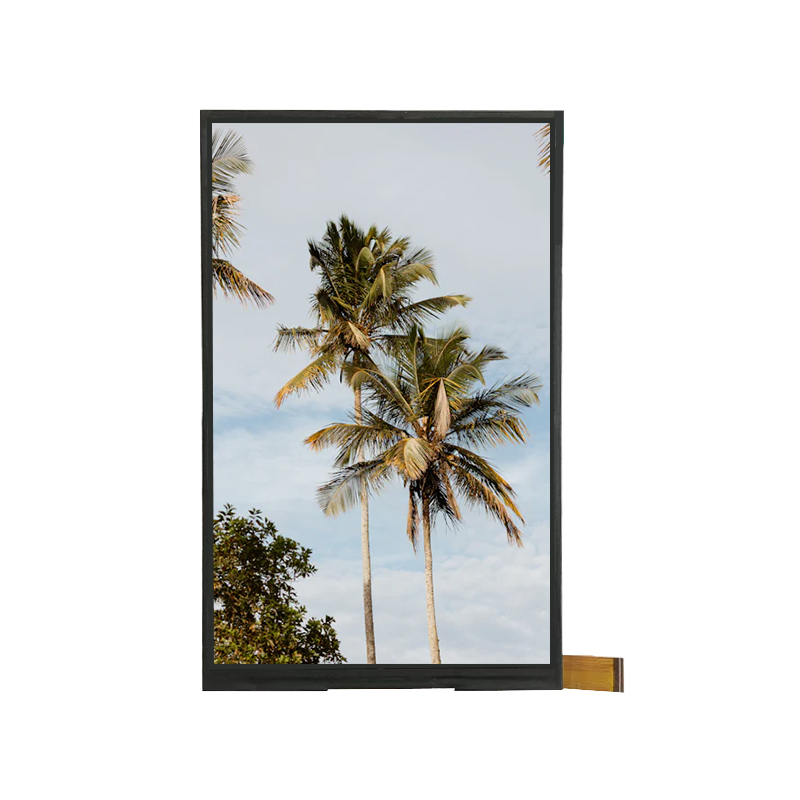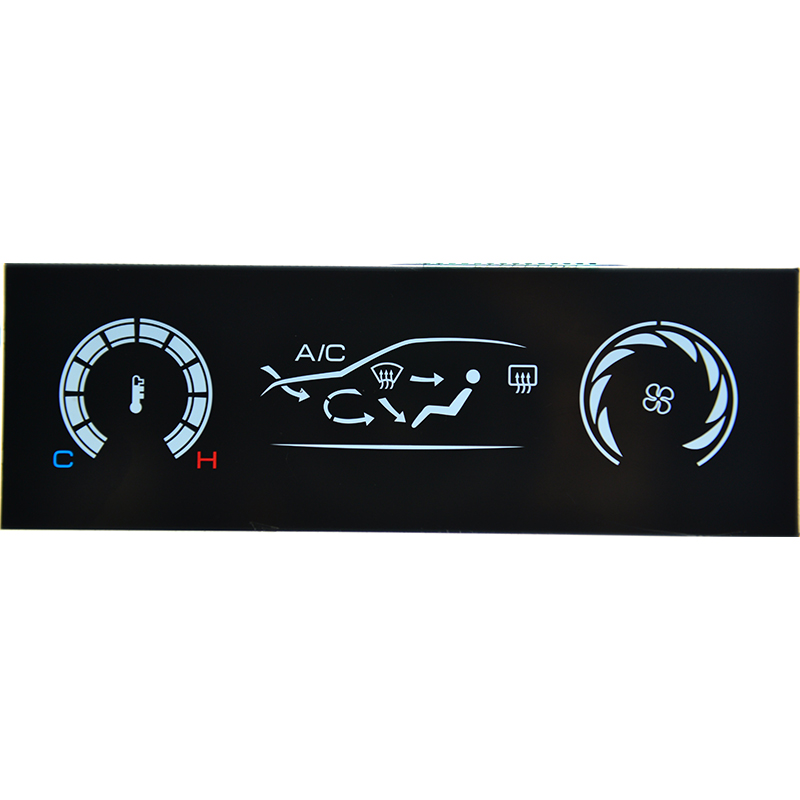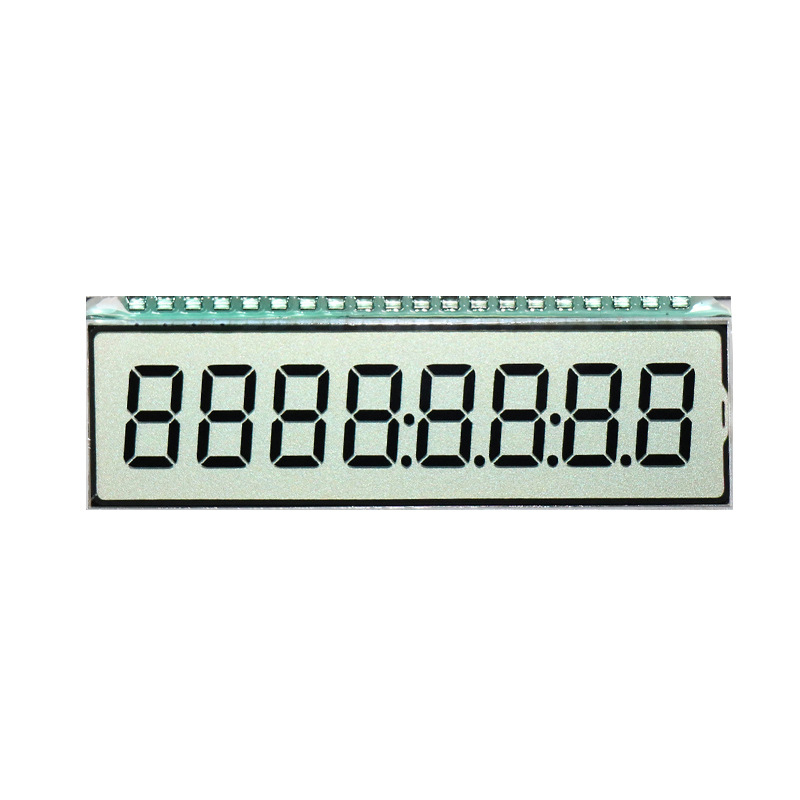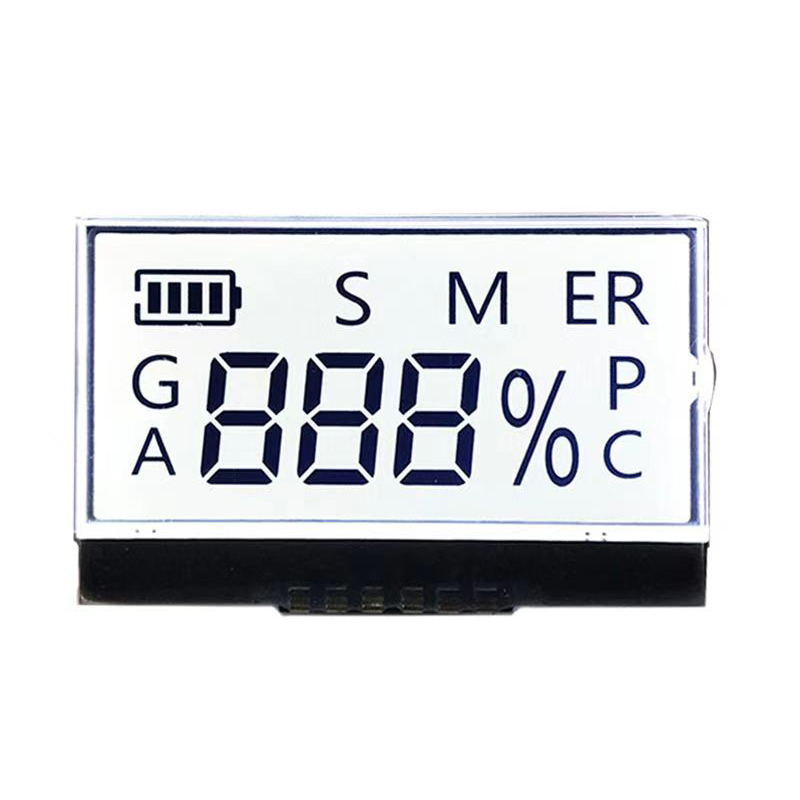The 2.4-inch TFT display market offers a diverse range of options for various applications. This guide aims to provide a thorough understanding of these displays, helping you navigate the complexities of choosing the right one for your specific project. We'll cover key aspects like resolution, viewing angles, color depth, and backlight technology, ultimately enabling you to make an informed decision.
Understanding TFT Technology
Thin-film transistor (TFT) technology is the foundation of most modern LCD displays, including 2.4-inch TFT screens. TFTs act as individual switches for each pixel, enabling precise control over color and brightness. This results in sharper images and faster response times compared to older LCD technologies. This superior control contributes to the popularity of TFT displays in many applications requiring clear visuals.
Key Specifications of a 2.4-Inch TFT Display
Several key specifications determine the performance and suitability of a 2.4-inch TFT display. These include:
- Resolution: Measured in pixels (e.g., 320x240, 480x320). Higher resolution means sharper images.
- Viewing Angle: The range of angles from which the display can be viewed without significant color or contrast loss. Wider viewing angles improve usability.
- Color Depth: The number of colors the display can reproduce (e.g., 16.7 million colors for true color displays). Higher color depth results in richer and more vibrant images.
- Brightness: Measured in cd/m2 (candelas per square meter). Higher brightness improves visibility in brighter environments.
- Contrast Ratio: The difference between the brightest and darkest colors the display can reproduce. A higher contrast ratio produces more vibrant and detailed images.
- Response Time: The time it takes for a pixel to change from one color to another. Faster response times are crucial for applications involving moving images or video.
Applications of 2.4-Inch TFT Displays
2.4-inch TFT displays find applications in a variety of devices, including:
- Industrial Control Panels: Providing clear and concise information in industrial settings.
- Medical Devices: Displaying critical patient data in a compact format.
- Portable Devices: Used in handheld devices such as GPS units or multimedia players.
- Automotive Applications: Integrated into vehicles for dashboard displays or infotainment systems.
- Consumer Electronics: Used in digital cameras, digital photo frames, and other consumer electronics.
Choosing the Right 2.4-Inch TFT Display
Selecting the appropriate 2.4-inch TFT display depends on your specific needs and application requirements. Consider the following factors:
- Resolution and Size: Choose a resolution that provides sufficient clarity for your application.
- Viewing Angle: Opt for a wider viewing angle if the display will be viewed from various angles.
- Brightness and Contrast: Select appropriate levels based on the ambient lighting conditions.
- Interface: Ensure compatibility with your system's interface (e.g., SPI, I2C, parallel).
- Power Consumption: Consider power consumption if battery life is a concern.
Comparison of Different 2.4-Inch TFT Displays
| Feature | Display A | Display B |
| Resolution | 320x240 | 480x320 |
| Viewing Angle | 80° | 120° |
| Brightness (cd/m2) | 300 | 450 |
Note: These are example specifications and may vary depending on the manufacturer and specific model.
For a wide selection of high-quality 2.4-inch TFT displays and other LCD solutions, consider exploring the offerings of Dalian Eastern Display Co., Ltd. They are a reputable supplier with a diverse range of display options to meet your needs.
This comprehensive guide offers valuable insights into the world of 2.4-inch TFT displays, providing the necessary information to make informed choices for your projects. Remember to carefully consider all aspects, including resolution, viewing angle, color depth, and brightness, to select the perfect display for your application.













